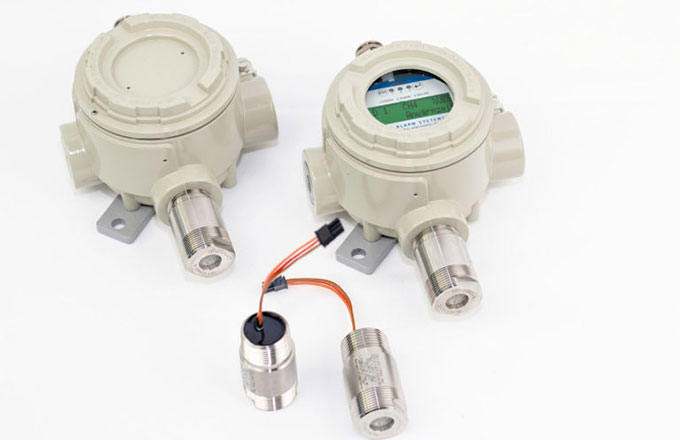HEP Group once again relies on cooperation with MSR-Electronic

Using energy once, profiting twice – that is the principle of combined heat and power (CHP). Whereas electricity and usable heat were usually generated separately so far, cogeneration combines these processes. The result is that less fuel is required overall. Its application offers enormous potential for climate protection and conservation of resources. The increased use contributes to reducing CO2 emissions and lowering the demand for primary energy.
The Croatian energy company HEP-TE-TO Sisak
HEP TE-TO Sisak (HEP Group) is a Croatian energy company in the Sisak Moslavina district, south of Zagreb. It has been engaged in the generation, distribution and supply of electricity for more than a century. For the last decades it also deals with the distribution and supply of thermal energy and natural gas.
The entire thermal power plant consists of various production units. The highly efficient combined heat and power unit EL-TO, Unit C. This is powered by natural gas, generates electricity of 235 MW and a thermal output of 50 MWt. Natural gas is an ideal fuel for CHP plants and at the same time a naturally occurring gas consisting largely of methane gas. In the gas-processing industry, gas warning systems from MSR-Electronic can reduce fire and explosion risks immensely, as they provide very early warning of dangerous situations.

Copyright HEP Group
Stationary gas detectors for safe methane gas monitoring
MSR-Electronic develops and produces reliable fixed gas detectors. The permanent monitoring and storage of the measured values serve the primary explosion protection and thus the safety of human life and equipment. Once again, after a carbon monoxide gas detection system in 2016, the HEP Group relies on MSR-Electronic and this time on a methane gas monitoring application.
PolyXeta PX2 gas detector
The PolyXeta2 PX2 gas detector by MSR for the ATEX zone is used for detecting methane gas leakage. The microprocessor-based gas sensor with output signal as well as alarm and fault relays (all SIL2 certified) monitors the ambient air for combustible gases and vapours using: an infrared sensor element and a catalytic sensor element (pellistor). Analog signal values (4–20 mA), such as measured values and alarm activation, are sent to the DCS (Distributed Control System). The digital signal of the detector is sent to the ventilation cabinet to activate additional fans and to shut down the air chambers.
The 4–20 mA / RS-485 Modbus output signal makes the sensor suitable for connection to: PolyGard2 gas controller series from MSR-Electronic, other controllers from MSR-Electronic, and automation devices from MSR. As an option, the PolyXeta2 sensor is also available with LCD and relay output.
Sensors with LCD have an integrated calibration routine that is started from the outside by means of a permanent magnet without opening the housing. In the event of an alarm or error, the backlight changes from green to red. The calibration of sensors without LCD display is carried out via the handy MSR calibration device STL06-PGX2 or the PC software PCE06-PGX2.
The methane gas detectors were installed near the gas turbines and in the final gas filtration area at unit C, in zone 2, by the Croatian MSR partner Aurel d.o.o.
Further information on MSR products can be found in the current online catalog or in the webshop.

MSR-Electronic’s methane gas detector PX2




















